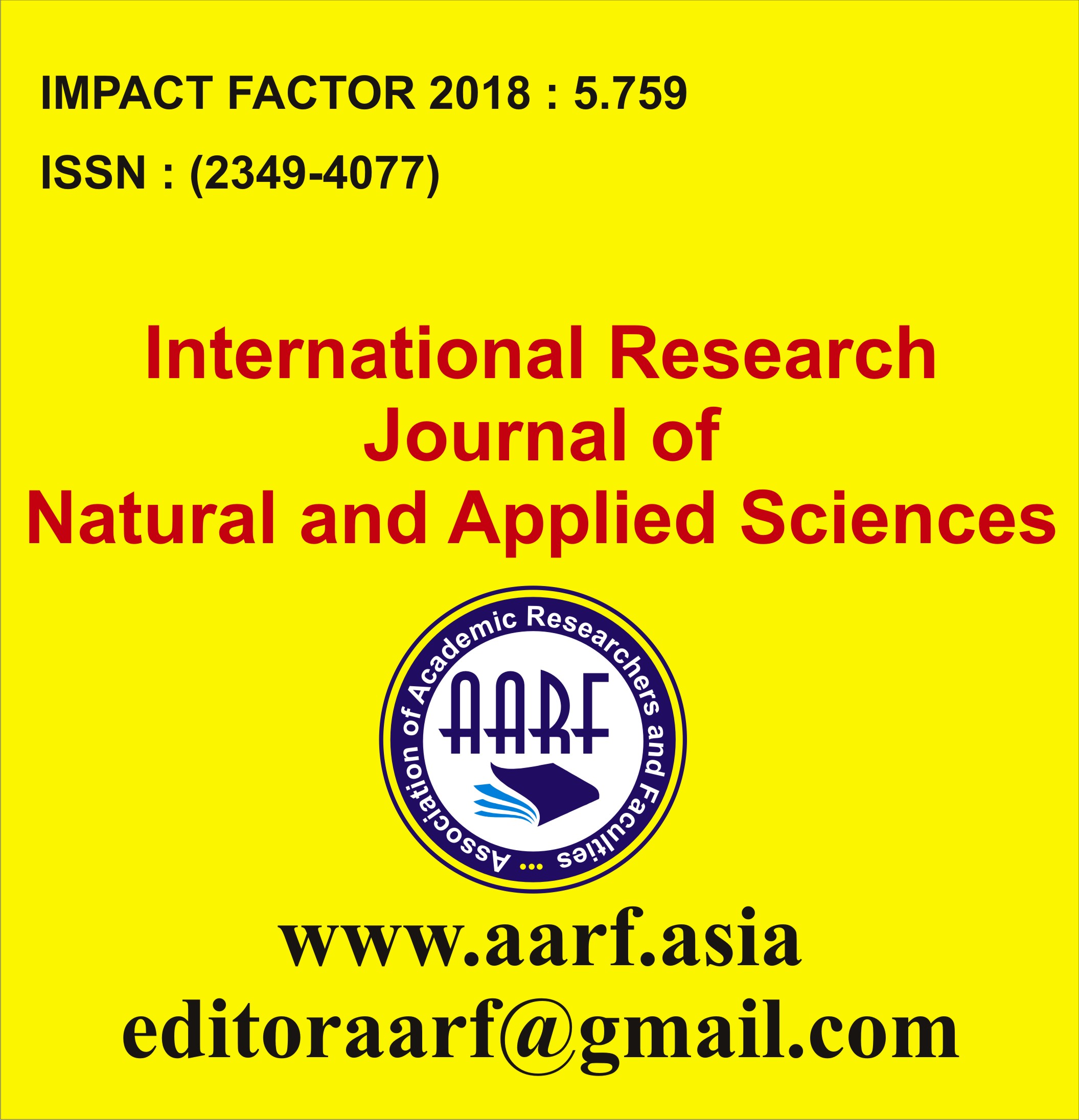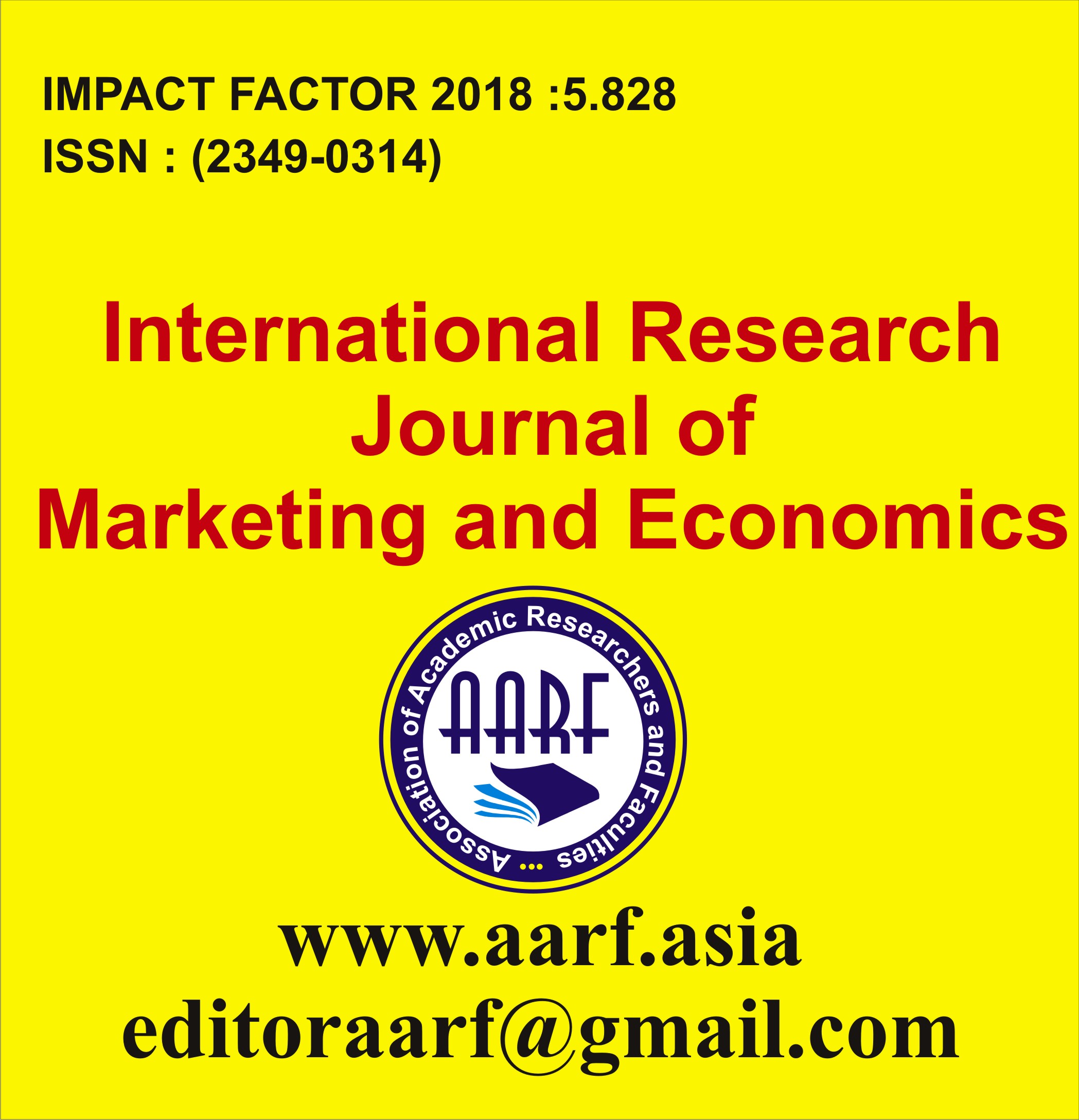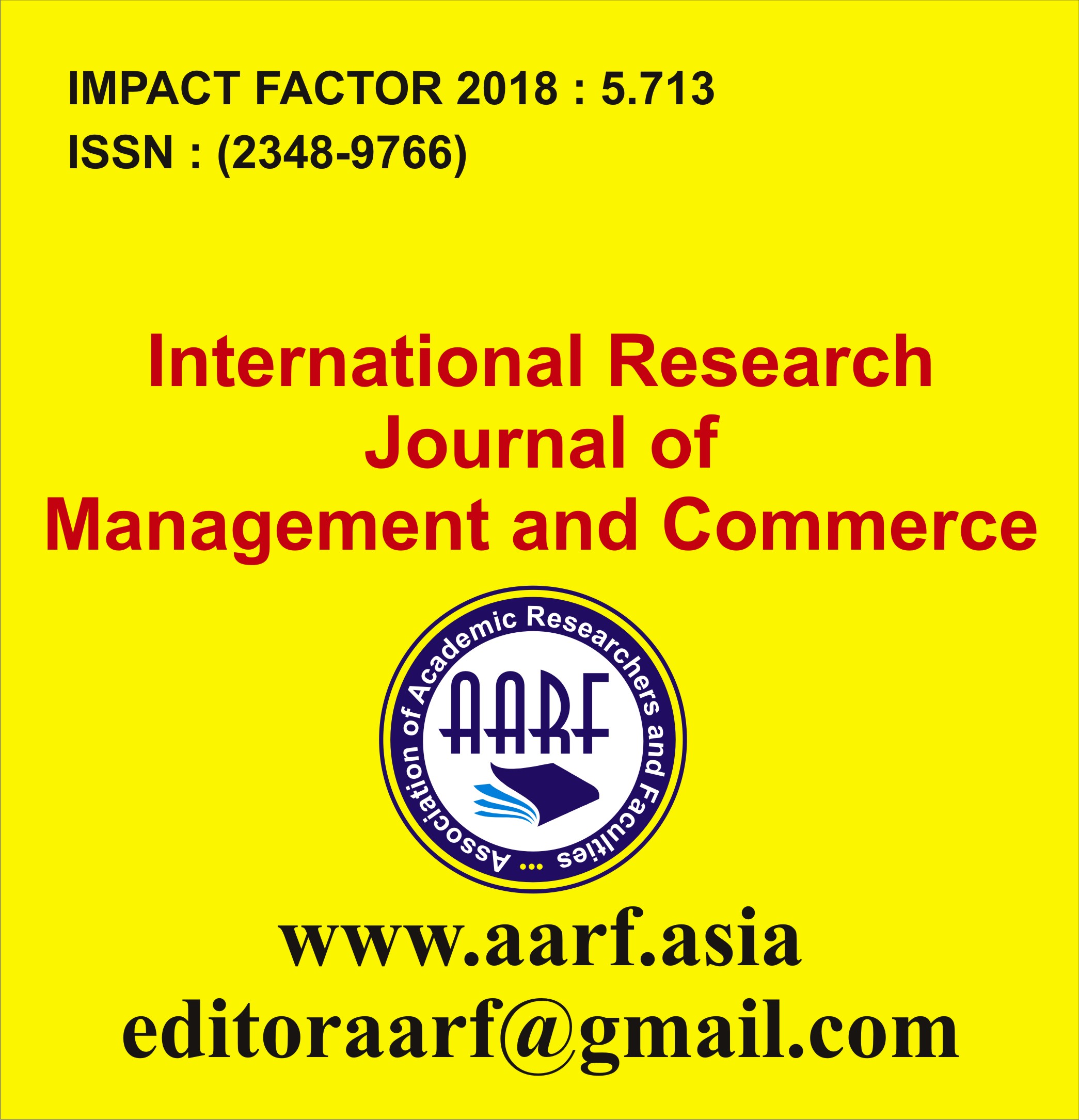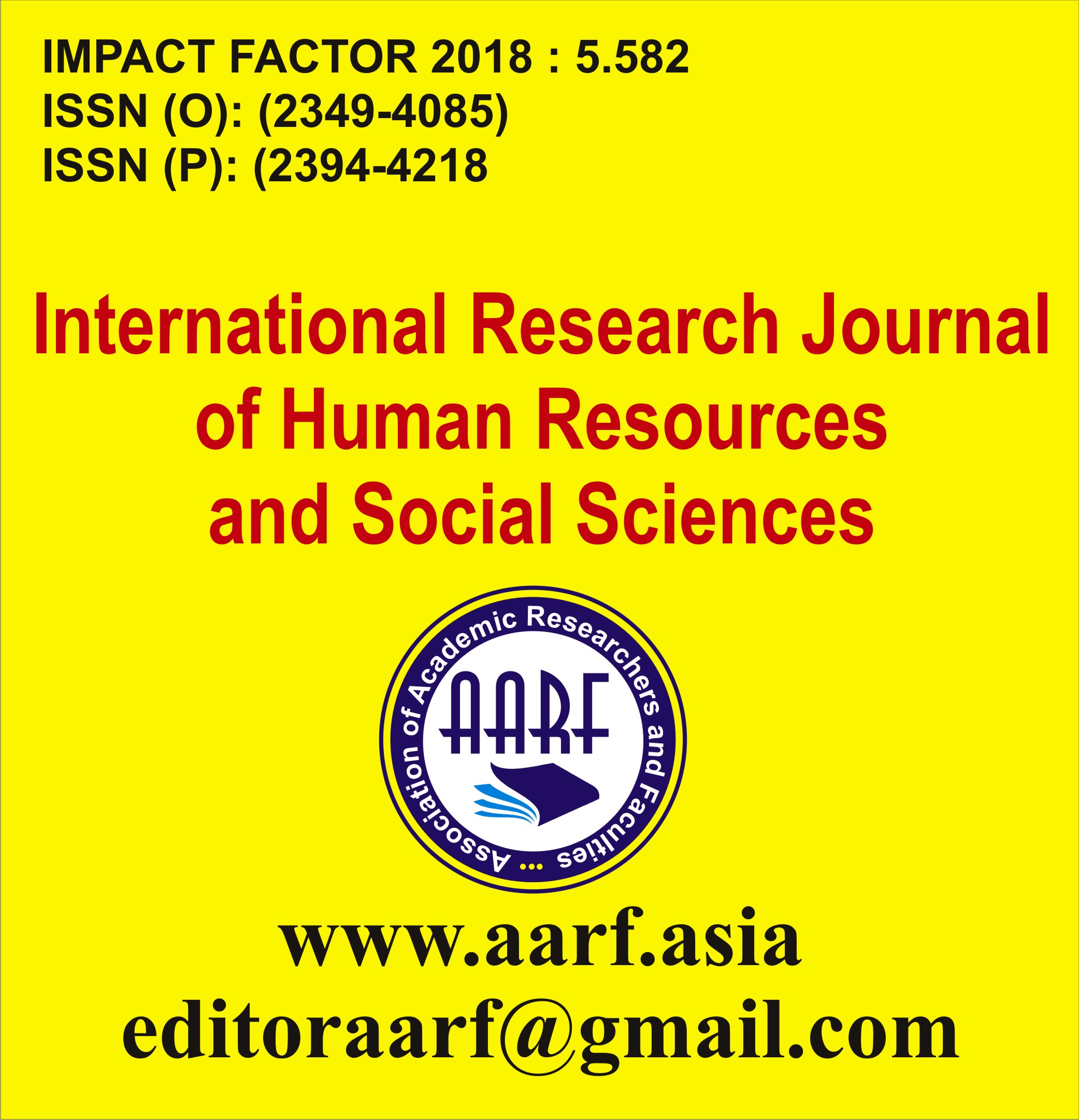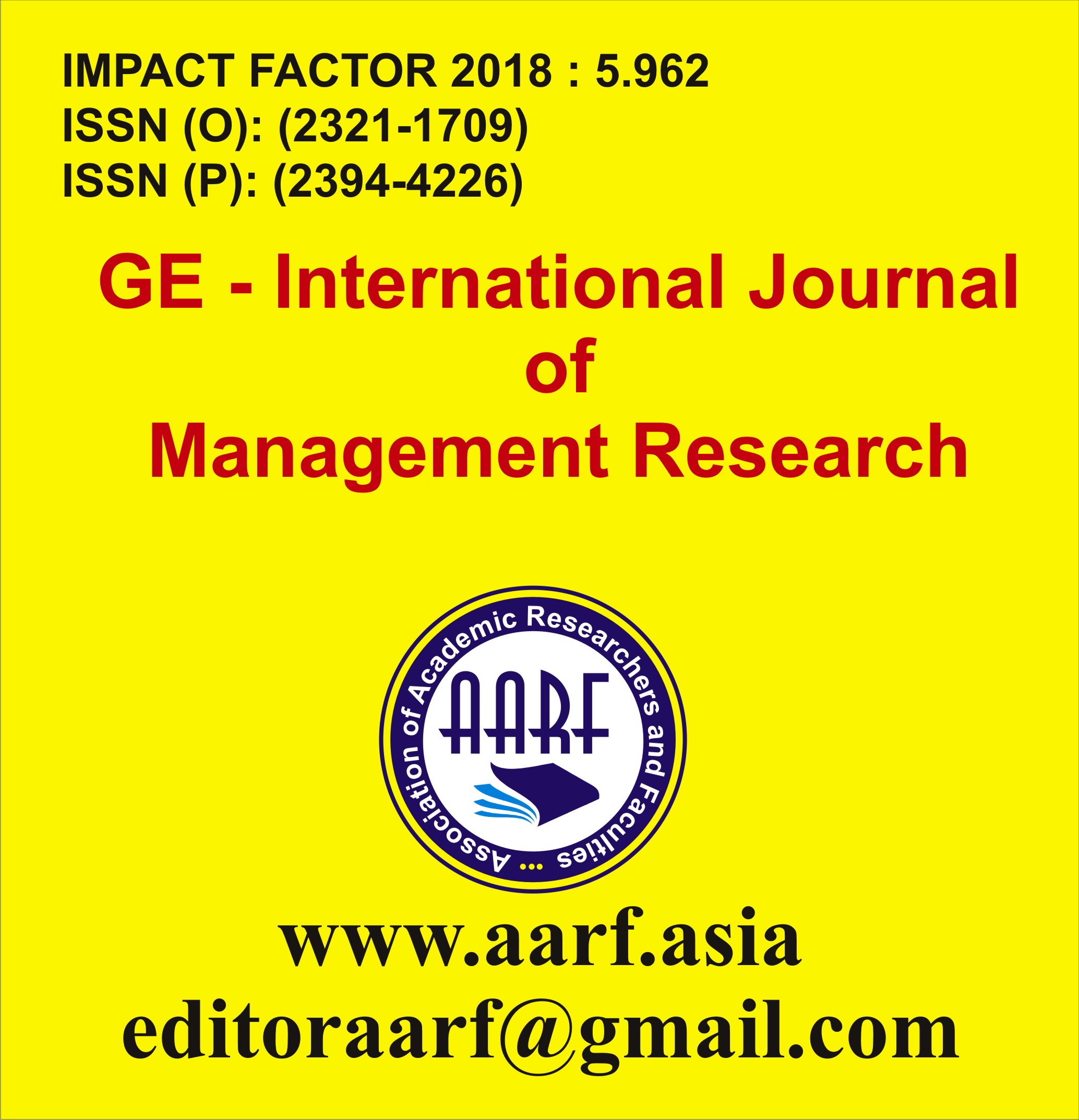
- Current Issue
- Past Issues
- Conference Proceedings
- Submit Manuscript
- Join Our Editorial Team
- Join as a Member

| S.No | Particular | Page No. | |
|---|---|---|---|
| 1 |
Dr. AnjaliAbstract: The paper attempts to reimagine the mythological character of Sita as an aesthetic symbol of Postmodern Literature, representing the fragmentation and nonlinear narratives that characterize postmodern storytelling of conventional Sita portrayed in the epic Ramayana. These fragmented narratives encapsulate the uneven trajectory of Sita’s consciousness that she experiences during her life. Furthermore, the paper also explores multiple perspectives guiding the lives of other characters in both texts Volga’s The Liberation of Sita and Amish Tripathi’s Warrior of Mithila especially female characters such as Sunaina ,Surpanakha, Mandodari, Ahalya, Renuka, and Urmila. This discussion draws on the lens of various postmodern literary aesthetics, including Mikhail Bakhtin’s concepts of polyphony and heteroglossia, focalization, and non linear narrative techniques. |
|
1-7 |
| 2 |
Kavita1 and Pradeep Paneri2Abstract: Primary education act as one of the main foundation stone upon which a nation establishes pillars of their futuristic planning for its holistic development. In India, many programme and policies have been implemented to promote and attain universalization of elementary education. despite of that, several tribal areas still lacking universalization of elementary education due to poverty and geographical restriction. Several such tribal dense areas have been notified in southern Rajasthan which comes under Pratapgarh, Udaipur, Banswara, and Dungarpur districts. To attain universalization of primary education of tribal children, a special education centers named, Maa-Baadi have been established in remote areas of these districts. The present study makes an attempt to examine the status of Maa-Baadies, their impact on primary education of tribal children and facilities provided through these centers in above mentioned areas of Southern Rajasthan from academic session 2021-2022 to 2023-2024. |
|
8-18 |
| 3 |
Saroj DuhanAbstract: This far-reaching study, named “Intersecting Paths: A Study of Identity” in Can You Hear the Nightbird Call? dives into Anita Rau Badami's profound narrative, analyzing the intricate layers of identity formation within the setting of historical and cultural upheaval. Badami's characters fills in as a rich canvas portraying the intricacies of cultural, national, and orientation personalities, all interacting and overlapping in the existences of its characters. This research is grounded in the framework of intersectionality, which investigates how various types of identity intersect and influence individuals' life trajectories. The study investigates how individual characters are produced and improved because of socio-political dynamics and personal encounters. Anita Rau Badami, an acclaimed Indian-Canadian author, is prestigious for her distinctive storytelling and profound exploration of themes concerning identity, displacement, and the human experience. Brought into the world in India and later relocating to Canada, her assorted cultural encounters greatly influence her narrative landscapes. Can You Hear the Nightbird Call? is set against the backdrop of pivotal historical occasions in India, like the Partition of 1947 and the 1984 Anti-Sikh uproars, serving as a critical setting for the book. Theoretical frameworks underpinning this study include the examination of identity formation, diaspora and cultural identity theories, and the idea of intersectionality. These frameworks give a more profound understanding of the novel's themes and characters, allowing for a multidimensional analysis. The study scrutinizes character improvement in the novel, illustrating how individual personalities develop through transformative encounters, leading to self-realization and a reshaped understanding of cultural belonging. It features the profound impact of the socio-political setting on the characters' personalities, emphasizing the interplay of personal chronicles with larger socio-political narratives. Exploring the theme of identity, the research highlights the significance of diaspora in shaping's characters, examines the intersections of orientation, class, and nationality, and elucidates the interplay among personal and cultural identity. It highlights how personal and aggregate memory, intertwined with historical occasions, play pivotal roles in constructing and reconstructing characters. |
|
19-25 |
| 4 |
Dr. Swarupa Bhattacharjee,Abstract: Barak Valley comprising three districts of Cachar, Hailakandi and Karimganj is strategically located in the southernmost part of Assam, India. But in spite of its strategic location, Barak valley remained underdeveloped in socio- economic and academic spheres since the dawn of the independence of the country. The State government was all along alleged to have remained indifferent so far as maintaining the linguistic and cultural distinctiveness as well as the development issue of the valley was concerned. This attitude of the government towards the region enraged the people at large who have a long tradition of struggle for the sake of preservation of language and culture. This urge for preservation of linguistic identity of the people of this valley reached its climax in the language movements of 1961, 1972 and in 1986. Interestingly, in all these movements, students at large acted as one of the main pressure groups in Barak Valley to compel the Government of Assam not to accept the demands of the Brahmaputra Valley towards making Assamese as the only state language in Assam. The present article will try to throw light on the ethno-linguistic crisis of the Barak valley with reference to the language movement of 1986 which had a great impact in shaping the socio-political history of the region at large and the role of the students in mobilising the movement into a mass movement in Barak Valley.\\\\r\\\\n |
|
26-37 |
| 5 |
Dr. Tarit Agrawal, Kaushambi,Abstract: Shashi Deshpande, a prominent voice in Indian English literature, intricately weaves the complex interplay of memory, trauma, and identity in her novels. Her works delve into the inner lives of women navigating a patriarchal society, where past experiences, often traumatic, significantly shape their present identities and their struggle for selfhood. Deshpande masterfully employs narrative techniques that foreground the subjective experience of her protagonists, revealing how deeply buried memories and unresolved traumas impact their sense of self, their relationships, and their ability to forge independent identities. Memory in Deshpande's fiction is not merely a recollection of the past but an active force that continuously shapes the present. Her characters often grapple with fragmented and unreliable memories, reflecting the psychological impact of trauma. In The Dark Holds No Terrors, Sarita's traumatic childhood, marked by her brother's accidental death and her mother's subsequent rejection, resurfaces in her troubled marriage. Her present anxieties and insecurities are inextricably linked to these past wounds, demonstrating how trauma can leave indelible marks on the psyche, influencing present perceptions and behaviors. The act of remembering, often triggered by present circumstances, becomes a crucial process for Deshpande's characters to confront their past and begin the journey towards healing and self-understanding. As one study notes about Sarita's narrative, "Sarita reflecting her memory by contemplating at her father's home helps her rebuild a new meaning towards her awful relationships from the past." |
|
45-54 |
| 6 |
Parmveer SinghAbstract: Empowering women is crucial for the growth and stability of countries. A.P.J. Abdul Kalam, the former President of India, highlighted the significant role women play in building successful societies. However, women have faced historical challenges, particularly in India. Despite once holding a respected position in society, their status deteriorated over time due to factors like invasions and colonialism. Despite efforts to assist them, Indian women continue to confront numerous issues such as violence, economic disparities, and political underrepresentation. India's legal system has aimed to address these challenges by ensuring fair treatment for women. Article 14 of the Indian Constitution mandates equal treatment under the law, while Article 15(3) allows for additional support for women. Article 16 advocates for equal job opportunities for women in government roles and laws have been enacted to ensure fair representation for women in local governance. Furthermore, there are so many provisions in constitution those are directly or indirectly deal with the empowerment of women. Central and state legislatures are taking legal initiative under the ambit of Constitution of India for the betterment of women. However, despite legal safeguards, women still encounter significant obstacles. Gender disparities persist in areas like education, employment, and healthcare. Outdated perceptions of women's inferiority exacerbate these challenges, impeding women from realizing their full potential. Lack of awareness about their constitutional rights further compounds these issues. This research paper aims to explore various facets of women's empowerment in India, spanning present challenges, and the efficacy of constitutional provisions. By examining these aspects, the paper seeks to enhance understanding of women's rights and contribute to efforts aimed at improving the status of women in India. |
|
55-63 |
| 7 |
डाॅ0 सुलेखा रानीAbstract: सोशल मीडिया आज हमारे जीवन का एक अभिन्न हिस्सा बन गया है। इंटरनेट के माध्यम से व्यक्तिगत, सार्वजनिक, या समूह स्तर पर संचार के लिए उपयोग करना ही सोशल मीडिया कहलाता है। इसका प्रभाव समाज में गहरे स्तर पर देखा जा सकता है। सोशल मीडिया ने दुनिया को एक “ग्लोबल विलेज“ में बदल दिया है। लोग किसी भी स्थान से एक दूसरे से संवाद कर सकते हैं। अब समय और स्थान की सीमा नहीं रही। मिनटों में हजारों मील तक तुरंत लोग अपनी बातों-विचारों को पहुँचाते हैं। जाहिर है कि सोशल मीडिया ने लोगों तक त्वरित जानकारी पहुंचाने का काम किया है। चाहे वह राजनीतिक घटनाक्रम हो, शैक्षिक अवसर, स्वास्थ्य की या रोजगार की जानकारी, या किसी सामाजिक समस्या पर ध्यान आकर्षित करना हो, सोशल मीडिया ने हर क्षेत्र में अपनी उपस्थिति दर्ज कराई है। सोशल मीडिया के माध्यम से कई शैक्षिक सामग्री और ऑनलाइन कोर्स उपलब्ध होते हैं। छात्रों और शिक्षकों के लिए यह एक बेहतरीन मंच है जहां वे एक-दूसरे से संवाद कर सकते हैं और नए ज्ञान को साझा कर सकते हैं। जहाँ सोशल मीडिया का सकारात्मक प्रभाव समाज पर पड़ रहा है वहीं इसका नकारात्मक प्रभाव भी देखने को मिलता है। सोशल मीडिया का अत्यधिक उपयोग मानसिक स्वास्थ्य पर नकारात्मक प्रभाव डालता है। खासकर किशोर एवं युवा वर्ग पर, जो सोशल मीडिया पर अधिक समय बिताते हैं, वे आत्म-संकोच, आत्म-संवेदना में कमी और अवसाद का शिकार हो सकते हैं। सोशल मीडिया पर आदर्श जीवन के चित्रों और लाइफ स्टाइल्स को देखकर लोग अपने वास्तविक जीवन से तुलना करते हैं, जिससे वे मानसिक दबाव महसूस करते हैं। सोशल मीडिया पर गलत या फर्जी जानकारी का प्रसार भी तेजी से होता है। जो समाज में भ्रम और तनाव पैदा करता है। सोशल मीडिया के माध्यम से साइबर बुलिंग और ऑनलाइन उत्पीड़न की घटनाएं भी बढ़ी है। खासकर बच्चों और किशोरों के लिए यह एक बड़ी समस्या बन चुकी है। उनके व्यक्तिगत जीवन, तस्वीरों या वीडियो को लेकर उन्हें मानसिक उत्पीड़न का सामना करना पड़ सकता है। इसके अलावा, व्यक्तिगत जानकारी का दुरुपयोग भी एक गंभीर चिंता का विषय बन गया है।\r\n |
|
64-68 |
| 8 |
Dr. Sajjan KumarAbstract: The status and role of women in Indian society is a changing phenomenon. Women, in India, have been bearing different position in different periods of age. In the middle age of Indian history, the position of women had fallen to a curse for them. But, after the Independence, the position of women has gradually come in better stage due to the Constitutional provisions and social reforms. The women are going through development and empowerment. But still now, she is not in independence position. The positive attitudes of family towards them will speed up the process of their empowerment. Family is the place where people can learn the education of complement status of women to men. The formation of positive attitudes towards women in family will form the positive attitudes of the whole society for them. |
|
69-74 |
| 9 |
Dr. Pankaj KumarAbstract: This study delves into the psychological consequences of stress and anxiety, focusing on behavioural patterns within the Indian population. Utilizing data from the National Mental Health Survey conducted by the National Institute of Mental Health and Neurosciences (NIMHANS) and other government sources, the analysis reveals significant insights into the prevalence and impact of mental health disorders. The survey indicates that approximately 10.6% of adults in India suffer from various mental disorders, with higher prevalence in urban areas. Stress and anxiety are identified as major contributors to non-communicable diseases (NCDs), which account for 66% of deaths in India. The study highlights that stress-related disorders affect 3.5% of the population, with a higher incidence among females. Furthermore, nearly 1 in 20 individuals experience current depression, while 1 in 40 have suffered from past depression. The government’s initiatives, including the National Mental Health Programme (NMHP) and the District Mental Health Programme (DMHP), aim to provide accessible mental healthcare and support to affected individuals. Behavioural patterns observed include increased aggression, frustration, and anxiety, which are influenced by socio-demographic factors such as gender, locality, and socio-economic status. The findings underscore the need for comprehensive mental health strategies and interventions to address the growing burden of stress and anxiety in India. This analysis serves as a crucial resource for policymakers, healthcare providers, and researchers in developing effective mental health policies and programs. |
|
75-83 |
| 10 |
RitikaAbstract: In an era marked by rapid technological advancements, the recruitment landscape is undergoing a significant transformational shift. This paper explores innovative hiring techniques and\r\nemphasizes the role of Artificial Intelligence (AI) in revolutionizing recruitment processes. By\r\nanalyzing contemporary methodologies, assessing the implications of AI integration, and\r\nexamining case studies, this research aims to provide a comprehensive overview of how\r\norganizations can enhance their hiring strategies. |
|
84-93 |
| 11 |
Dr. Ajay Choudhary Dr. Anil PremalaAbstract: Max Weber’s sociological theory remains the explorative vision to study society in the preview of social action and meaning. His provocative theoretical orientation, in fact, challenged the basic approaches of the collective paradigm that existed in his era. For him, interpretative understanding about the social action carried by the individual action provides societal reality that is missed in the various sociological lens consisting of structural and functional ingredients. But his perspective created some social spaces unexamined to deal with the orientation arrived through individual interactive processes. This gap, Alfred Schutz, problematised to extend Weber theoretical understanding more critically. Thus, Schutz began his intellectual scholarship in understanding social action and meaning, profoundly shaping ideas for further enquiries. This paradigm shift from Weber is a more methodological move to examine Weber’s study of social action under the domain of subjective and objective meaning. Departing from the old framework of social, philosophical appreciation influenced by Edmund Husser, Max Weber and Bergson instigated to absorb the Max Weber methodological structure in a serious manner reflected in his lecture delivered in 1918 at Vienna. However, he realised weber’s work rested on tacit, unexamined prepositions, consequently lacking interest in fundamental epistemological problems and not having any direct attitude on his peculiar sociological issues. He utilised Bergson’s philosophical tool of consciousness to clarify certain concepts consisting of meaning, action and inter-subjectivity, but dissatisfaction occurred in his analysis; Schutz diverted his attention towards Edmund Husserl, the relevance of phenomenology of consciousness of inner time that produced marvellous work on ‘The Phenomenology of the Social World’(1980). He has been labelled as an ‘earnest and profound phenomenologist who instigated to develop unfinished project of Weber. |
|
94-103 |
| 12 |
Dr. AlkaAbstract: Housing Amenities refers to the facilities in the households. The right to housing amenities is recognized by many national constitutions and the lack of adequate housing amenities can have adverse consequences for an individual or a family. In this study, an attempt has been made to analyze the equality in the availability of amenities among social groups in Indian districts taking various indicators into consideration. After independence, Indian States have taken a variety of Constitutional and administrative measures for the socio-economic development of the scheduled caste/tribe population in the county. Nevertheless, there are wide variations in the socio-economic well-being of the SC/ST and Non-SC/ST population in the country. Since independence, there have been several reservations in different government and non-government sectors for the SC/ST. The aim of these reservations is to pull out the backward sections of society and parallel them with the mainstream of society. The present study is based on the secondary data derived from Tables on Houses, Households Amenities and Assets, Census of India, 2011. Sopher’s disparity index has been used for finding out the disparity among social groups. There is a need to take immediate action towards bringing in inclusive policy measures, taking care of marginalized and weaker sections of society to raise the overall availability of amenities and well-being of the people. Further, the quantum of all facilities in most of the districts needs to be improved. Suggestions to remove the inequalities are also brought into the ambit of discussion.\r\n |
|
105-115 |
| 13 |
Dr. Binay KumarAbstract: Spiritual intelligence (SI) plays a crucial role in fostering ethical decision-making, emotional balance, and a sense of purpose in individuals. In the context of teacher education, integrating spiritual intelligence can significantly enhance educators' ability to cultivate holistic development in students. This paper explores the concept of spiritual intelligence, its relevance to teacher education, and practical approaches to embedding it in teacher training programs. The study also highlights challenges and proposes recommendations for effectively incorporating SI into educational curricula. Teachers equipped with SI demonstrate greater empathy, integrity, and adaptability, creating inclusive and nurturing learning environments. The incorporation of SI in teacher training programs cultivates mindfulness, ethical reasoning, and purpose-driven teaching, fostering positive teacher-student relationships. By integrating reflective practices, meditation, and values-based education, teachers develop a deeper connection with their profession, improving classroom dynamics and student outcomes.SI enhances decision-making and conflict resolution skills, enabling educators to address challenges with wisdom and compassion. Educational institutions must incorporate SI into teacher training curricula through workshops, experiential learning, and self-reflective exercises. The integration of spiritual intelligence in teacher education is crucial for preparing educators who can nurture future generations with wisdom, empathy, and a sense of purpose. |
|
116-122 |










